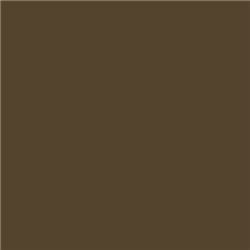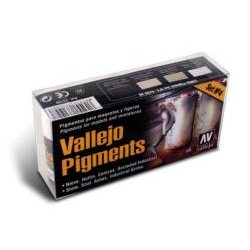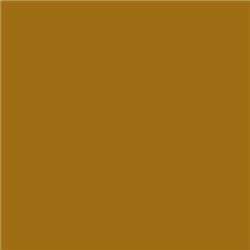Brake vans (originally called break vans) were first employed on early industrial tramways and cableways to provide...
Cart 0 Product Products (empty)
No products
Free shipping! Shipping
£ 0.00 Total
Product successfully added to your shopping cart
Quantity
Total
There are 0 items in your cart. There is 1 item in your cart.
Total products (tax incl.)
Total shipping (tax excl.) Free shipping!
Total (tax incl.)
Search Tips
Where should I apply grime and rust effects on my locomotive to best achieve a weather-beaten look?
In order to achieve a realistic weather-beaten look on a locomotive, a modeller should apply grime and rust effects strategically. Here are some areas to focus on for adding these effects:
- Trucks and wheels : start by applying a thin layer of grime and rust on the trucks and wheels of the locomotive. These areas are often exposed to dirt, dust, and moisture, which can lead to rust formation. Use a small brush or a sponge to dab on rust-coloured paint or weathering powders. Remember to blend the effects to create a natural appearance.
- Chimney : locomotive chimneys are subjected to intense heat and emissions, which can cause discoloration and rusting. Apply a combination of black soot and rust effects to create a realistic appearance. Start with a base coat of black, then gradually add rust tones to mimic the gradual deterioration of the metal.
- Roof and sides : depending on the era and type of locomotive, the roof and sides may also accumulate grime and rust. Pay attention to areas where rainwater tends to collect, such as around vents, hatches, and rivets. Apply rust effects in a streaking pattern to mimic the natural flow of water and rust stains.
- Details and crevices : don't forget to add grime and rust effects to the smaller details and crevices of the locomotive. These areas, such as handrails, ladders, and couplers, often accumulate dirt and rust over time. Use a fine brush or an airbrush to apply weathering effects in these tight spaces.
Remember, the key to achieving a realistic weather-beaten look is to observe real-life examples and use them as a reference. Take your time, experiment with different techniques, and always practice on scrap materials before applying weathering effects to the locomotive.
Posted in: Painting
Click here to receive the tips weekly in your mailbox. You can unsubscribe at any time.










